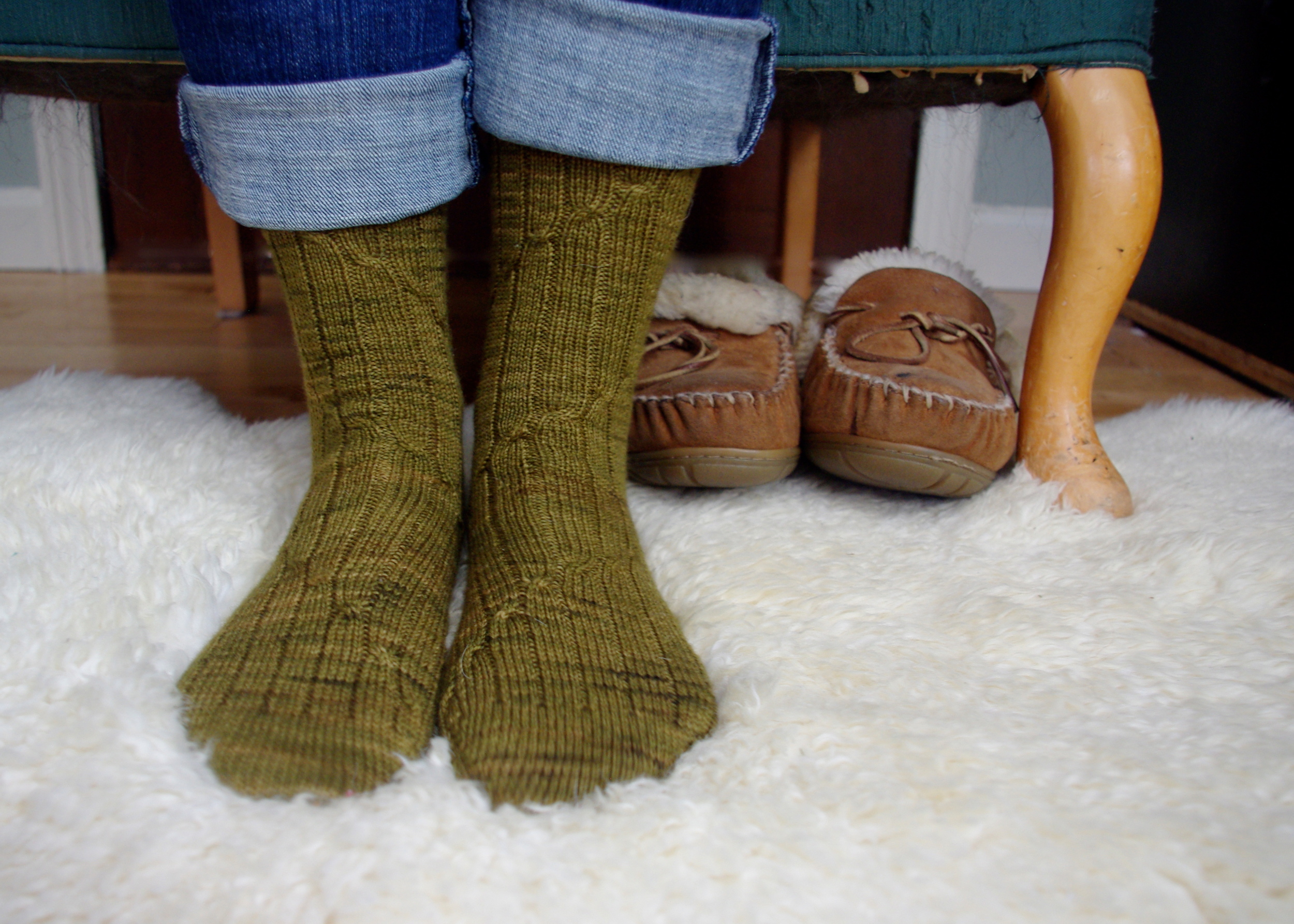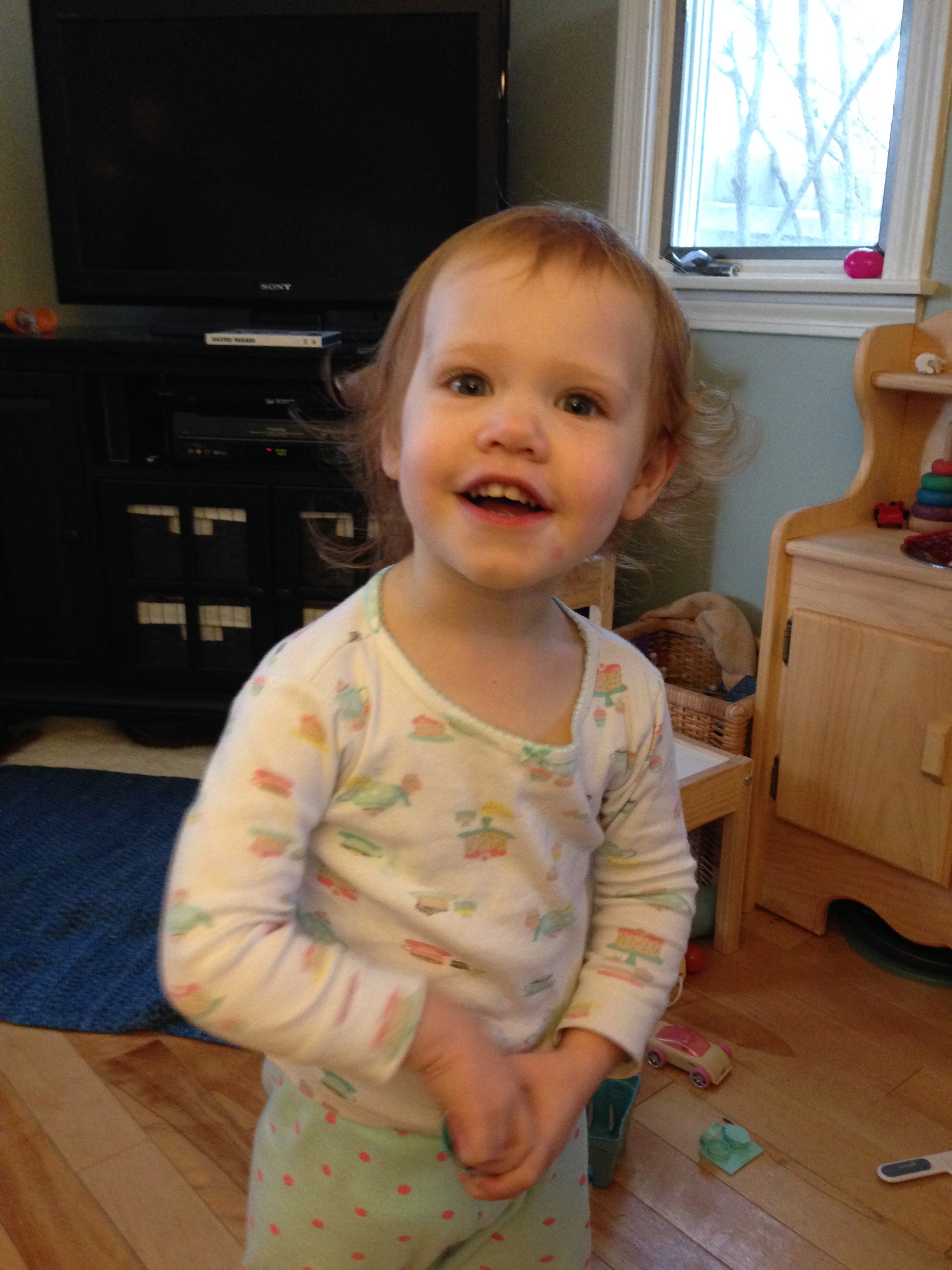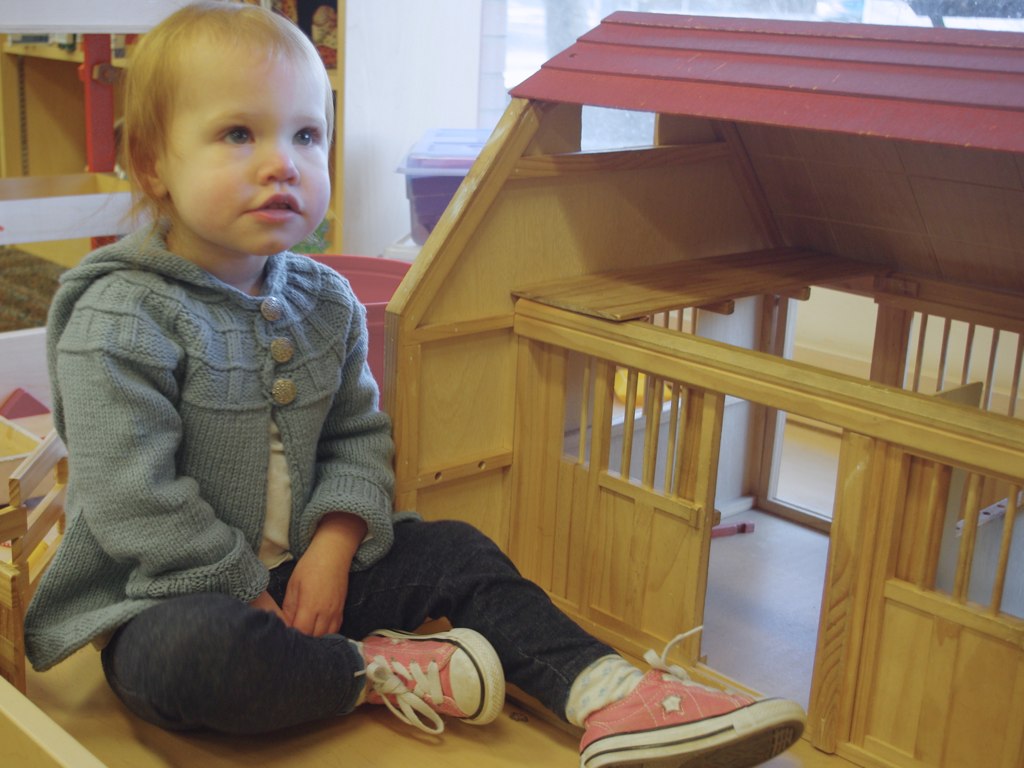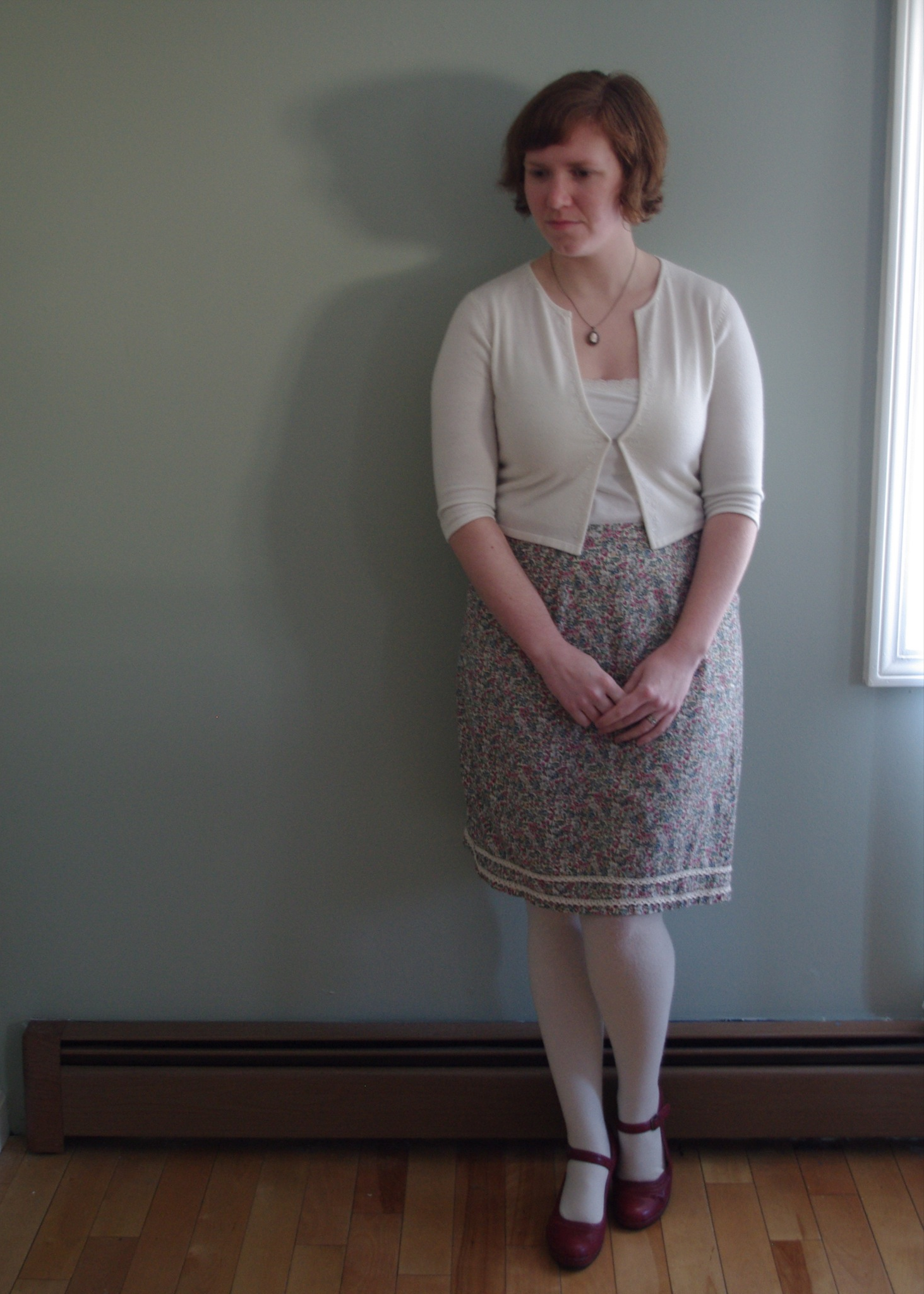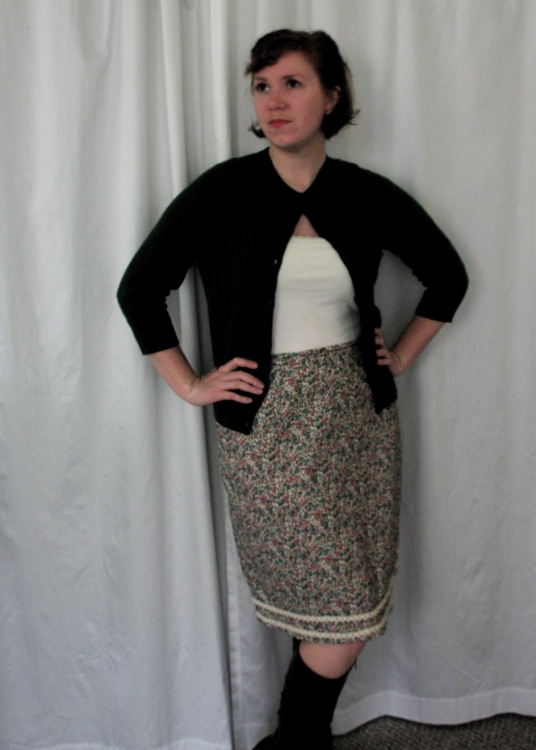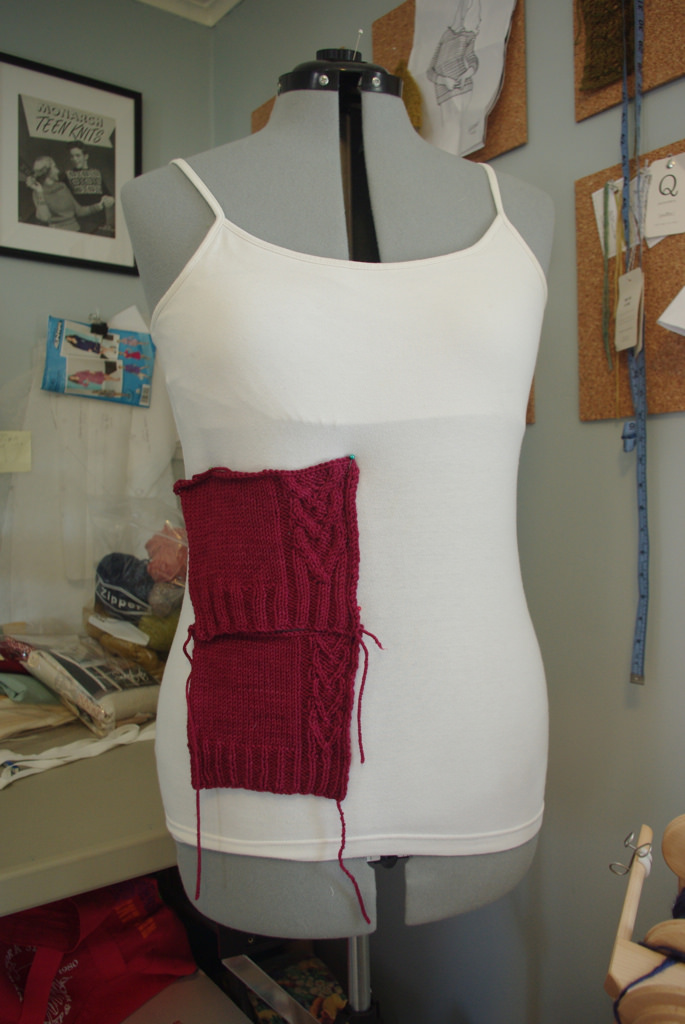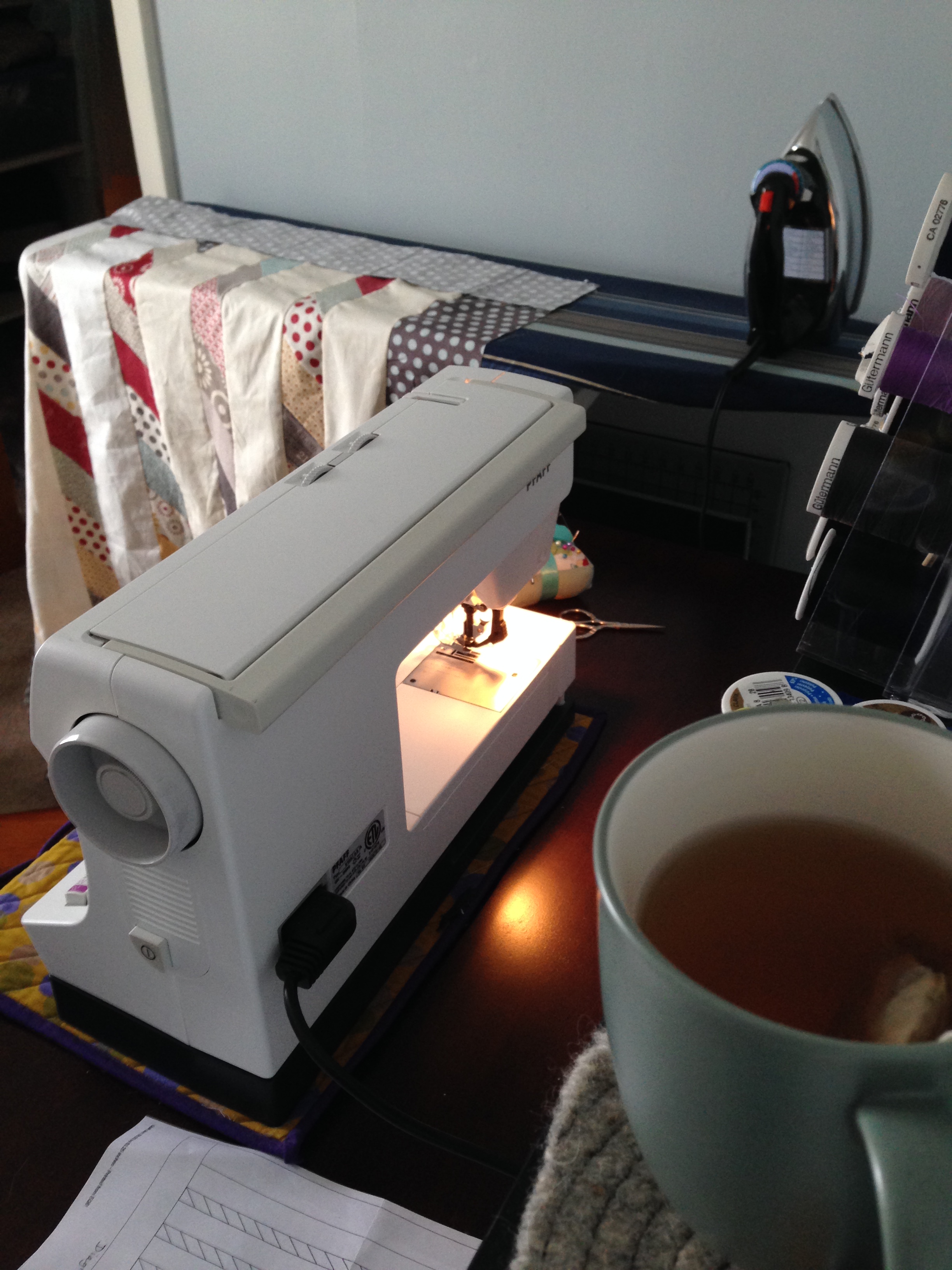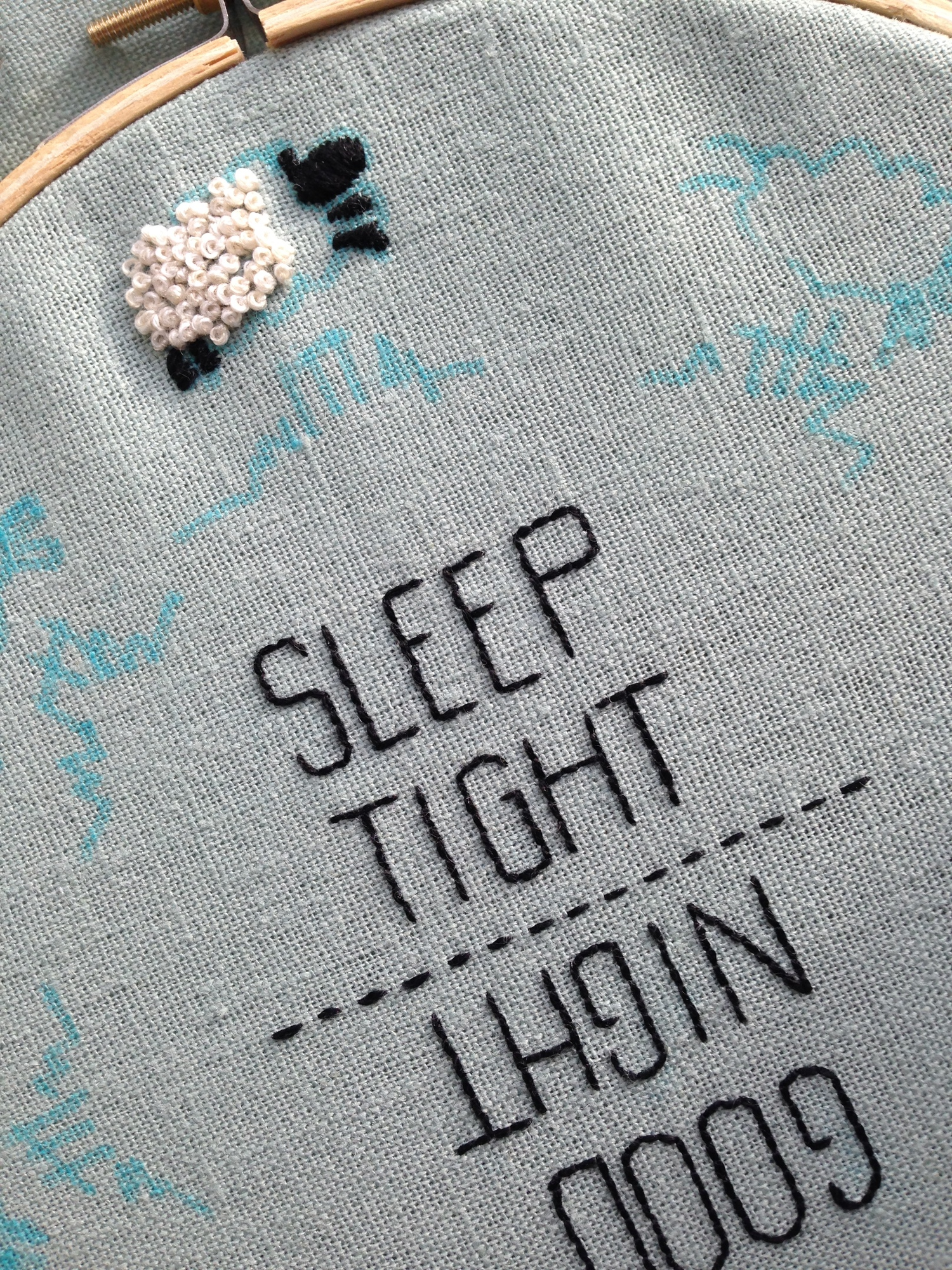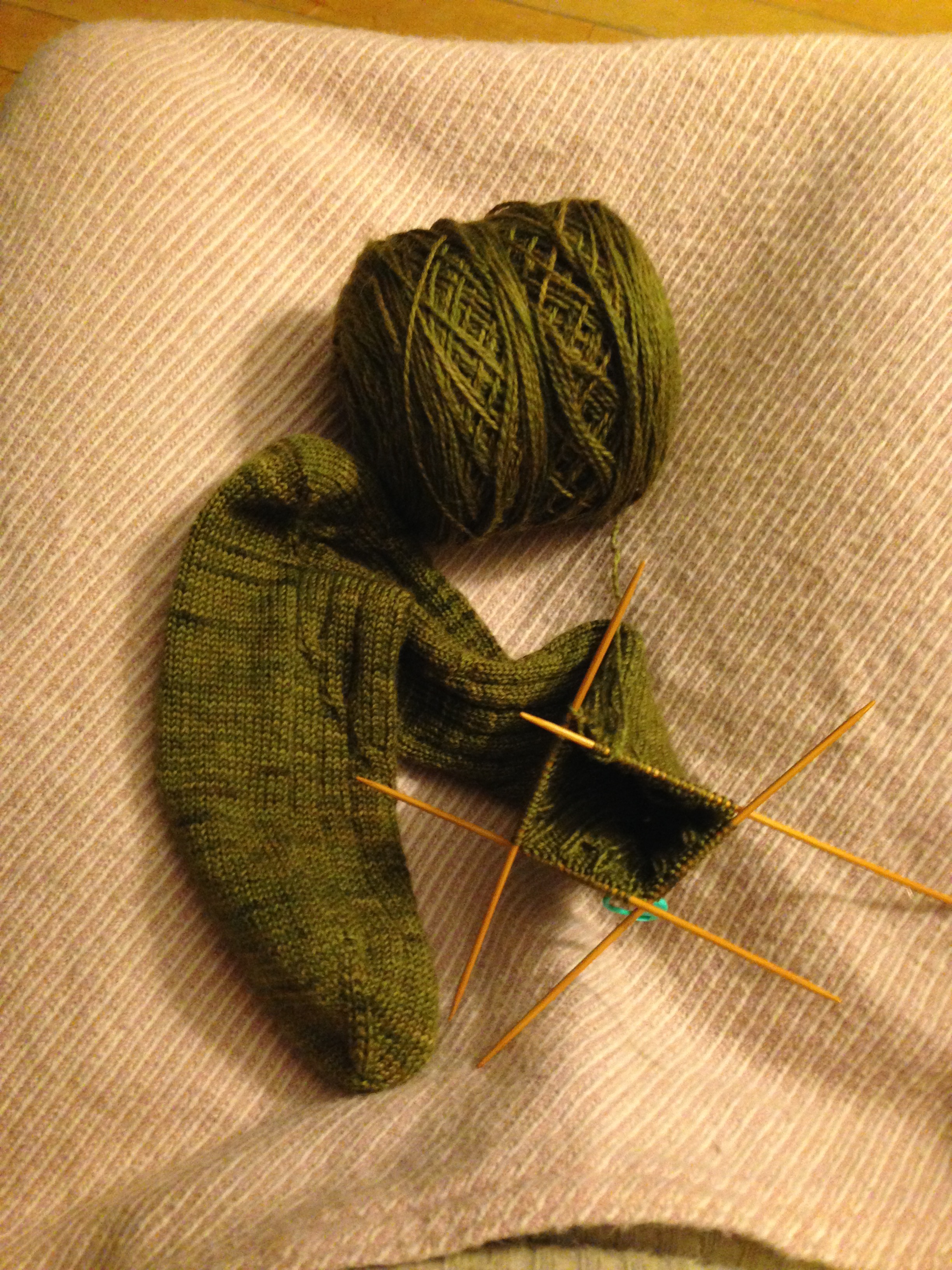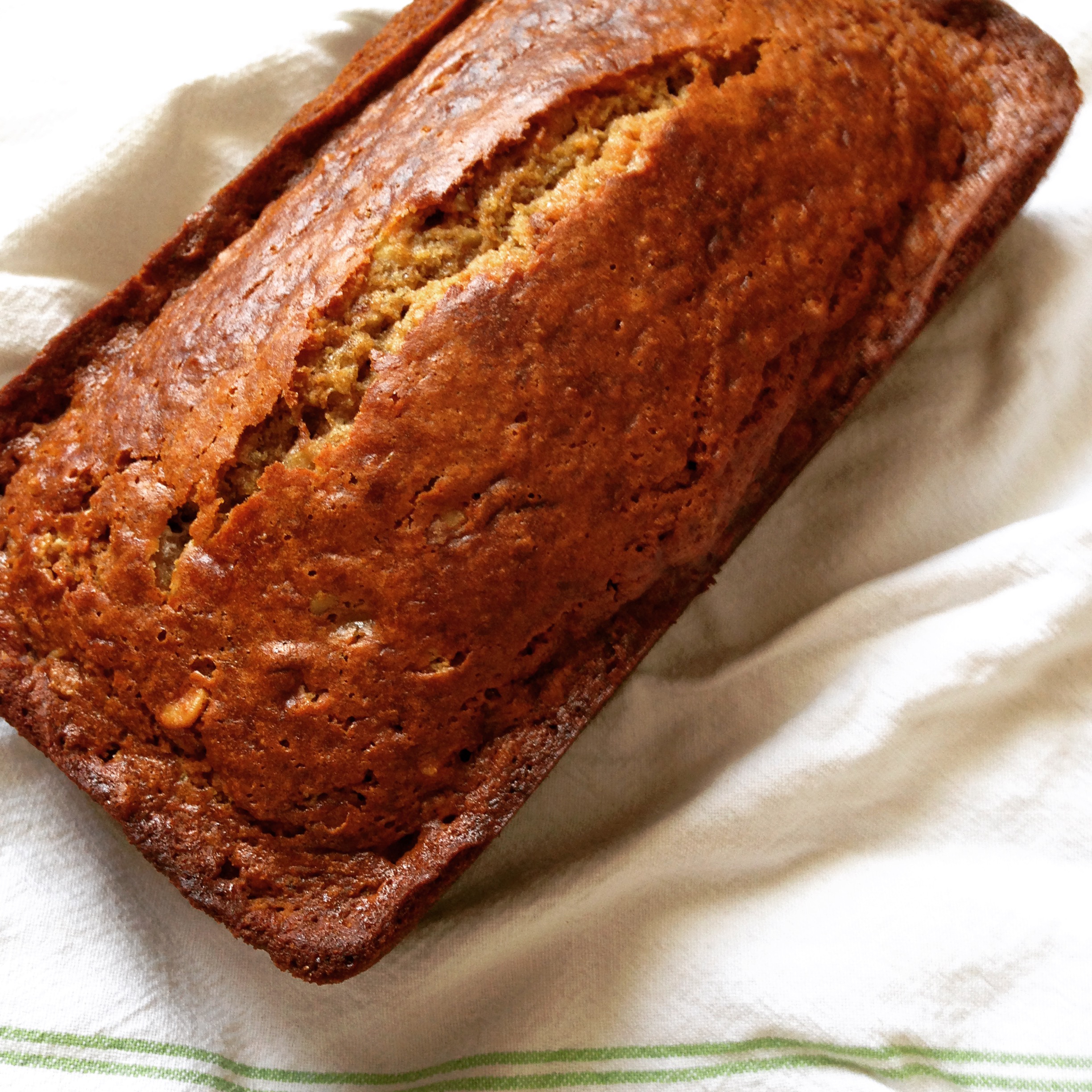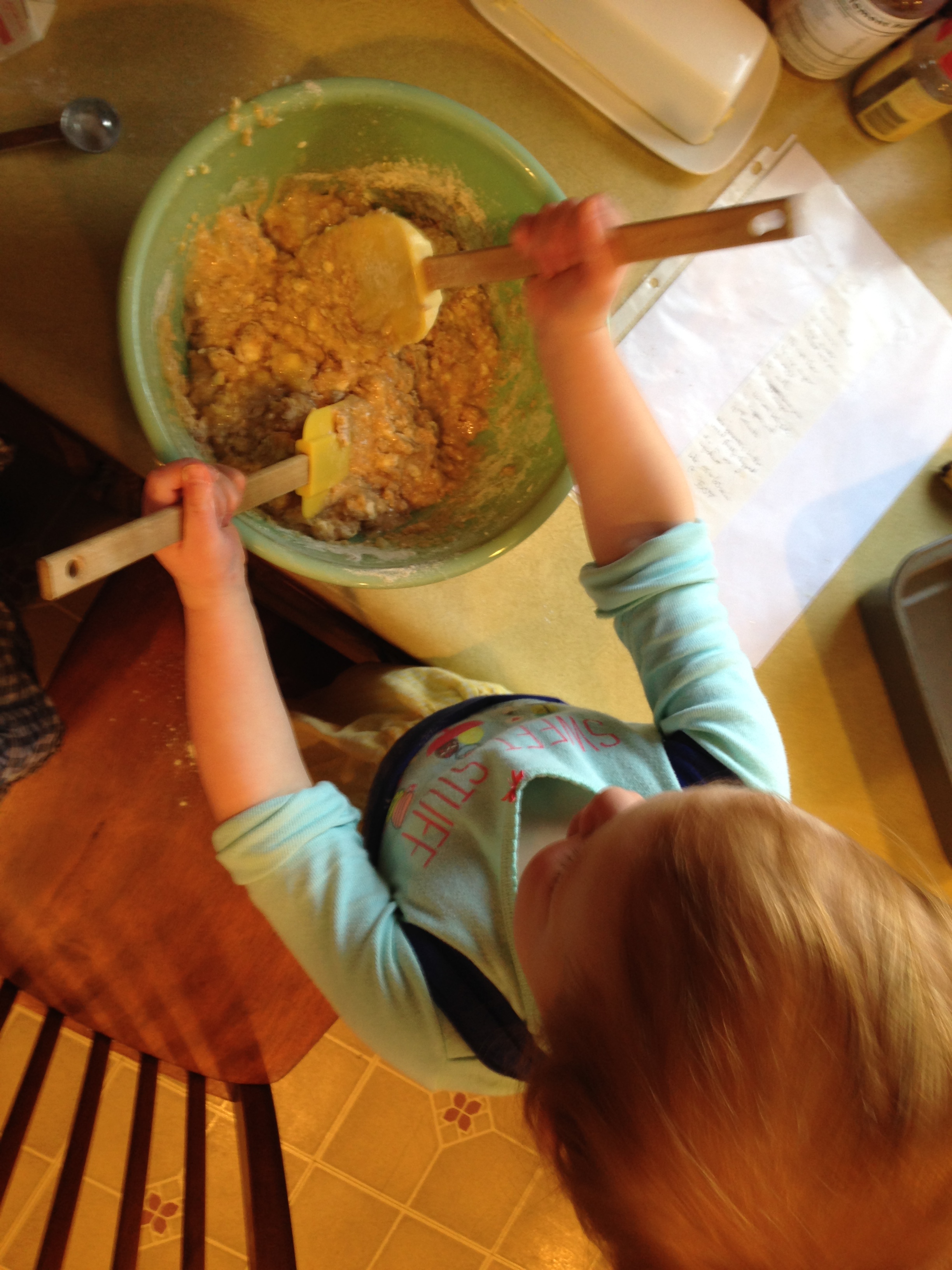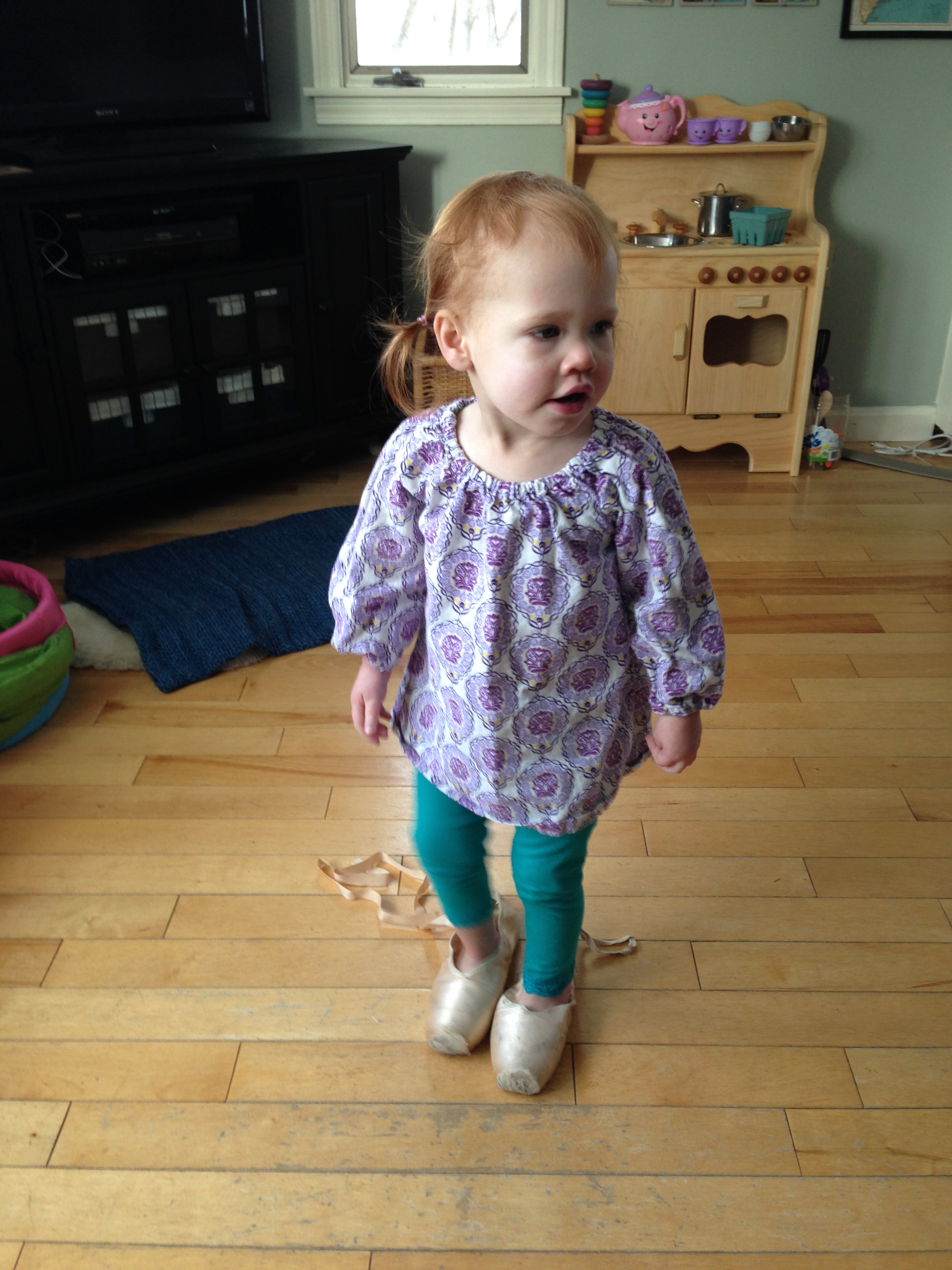A downside to designing knitting patterns is that you spend an awful lot of time knitting for other people - samples in the sizes you'd never fit in, that sort of thing. So when you have a legitimate knitwear need for yourself? Well, that's where self-publishing comes in handy.
My sock drawer has been looking a bit sad lately, and so, I introduce to you - the Barbe socks!
Despite the fact the socks photographed above, in a lovely Permission Tree Farm Piggy Sock Yarn, were made in a few weeks, this pattern is actually several years in the making! It's my habit to only knit socks while traveling due to their general portability and I began knitting a pair of socks with the same winding cable motif out of the leftovers of a sweater when traveling in late 2011. I finished that pair of socks, only to find that Sock #1 and Sock #2 weren't remotely the same size.
Somewhat disheartened by this, I put away the socks for a few years (like you do). This year, with my resolution to fight the entropy I pulled out those old socks, determined to make a matching pair. Well, the finished pair ended up matching in size, but were a bit too large for me and were gifted to Mr. Cleaver.
I figured, in for a penny, in for a pound, so I found some suitable sock yarn in my stash to make another pair and figured, hey, why not make a pattern out of it while I'm at it?
Not content to do anything halfway, Barbe is available in five sizes from 6" to 10"/15-25.5 cm in circumference, so the unisex styling can fit feet of all sizes.
Worked from the toe-up with a short row heel (the easiest heel in my humble opinion), and the simple to work, but fancy to look at, spiraling cables Barbe would make a great introduction to sock-knitting and/or short rows. Barbe works equally well as a sock drawer builder for when you want a quick knit with a little something more. The ribbing throughout also makes for a nicely fitted sock.
Pattern Details
Sizes
Foot Circumference (unstretched): 6 (7, 8, 9, 10)”/ 15 (18, 20.5, 23, 25.5) cm. To be worn with approximately 1-1½”/2.5-4 cm negative ease for best fit and display of cables.
Yarn
One skein Persimmon Tree Farm Piggy Toes SW [100% Superwash Merino]; 560 yds [512 m] per 113 g or approximately 350-520 yds of sock yarn for one pair, dependent on finished width and length. Sample as shown uses approximately 375 yds.
Purchase
Barbe is available for purchase via the following methods:
Ravelry // Ms. Cleaver Creations // Love Knitting

